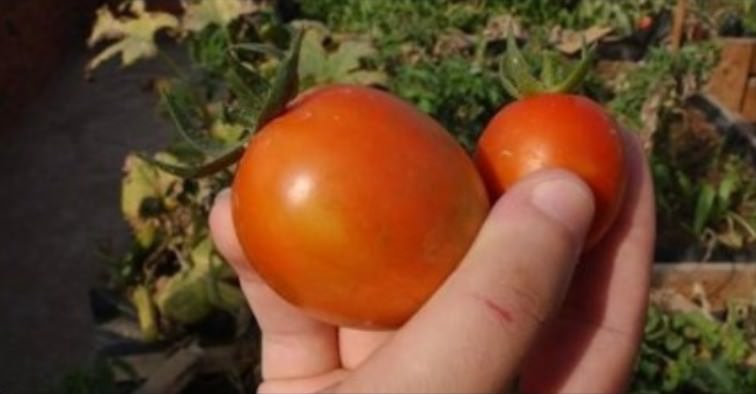Growing Greener: A one-meter sized micro-garden can 36 heads of lettuce in two months.
Among many health enthusiasts, it is a known fact that eating well, particularly in urban areas, is a problem. Years ago no one ever thought that we would have the urban gardens we have today. Many poor people ate foods without nutritional value because organic markets were too expensive and there was no thought of how they would grow vegetables in their own neighborhood. So a lot of the economically challenged went without the fruits and vegetables needed to live a quality life.
Now, the urban garden is becoming more popular and in many cities, people are stepping up to say we deserve good food just as much as those who can afford to buy it at a fancy market. This is where micro gardens come in, to help those without access to good nutritional foods.
Micro-gardening is growing a large amount of food in small areas. Gardens are being grown on patios, window sills, small backyards, and street corners that used to be the neighborhood dump, are now gardens that are planted and managed by the neighborhood itself. A micro-garden can be a container garden like an old gallon milk jug or any container you may have had another food product in, can be cleaned and sterilized to grow healthy foods. Many of these micro-gardens are grown in wooden crates that can easily be procured through your local supermarket for free. Any surplus of these types of neighborhood gardens are also bringing in income to help those in the neighborhood and to help keep the garden thriving.
Are Micro-gardens Productive?
Indeed they are very productive. Here are some numbers to show that micro-gardening can be very productive and also easy to manage. The FAO (Food and Agriculture Organization) reports these numbers to us about the productivity of micro-gardening.
One square meter of land can produce:
200 tomatoes a year
36 heads of lettuce in two months
10 cabbages every 3 months
and 100 onions in approximately 4 months
These numbers are extremely impressive and encouraging to those who want to start their own micro-gardens or neighborhood gardens. Even if there is no land available, micro-gardens can be started in containers filled up with gardening soil. Peanut shells, coconut fiber, rice husks and course sand, can also be used as gardening soil rich in nutrients. Vegetables can also be grown in water with a fertilizer. So there really are no limits to how you can grow a micro-garden at home or in your neighborhood. It just requires a bit of research to see what you can use that is naturally found in your area,
